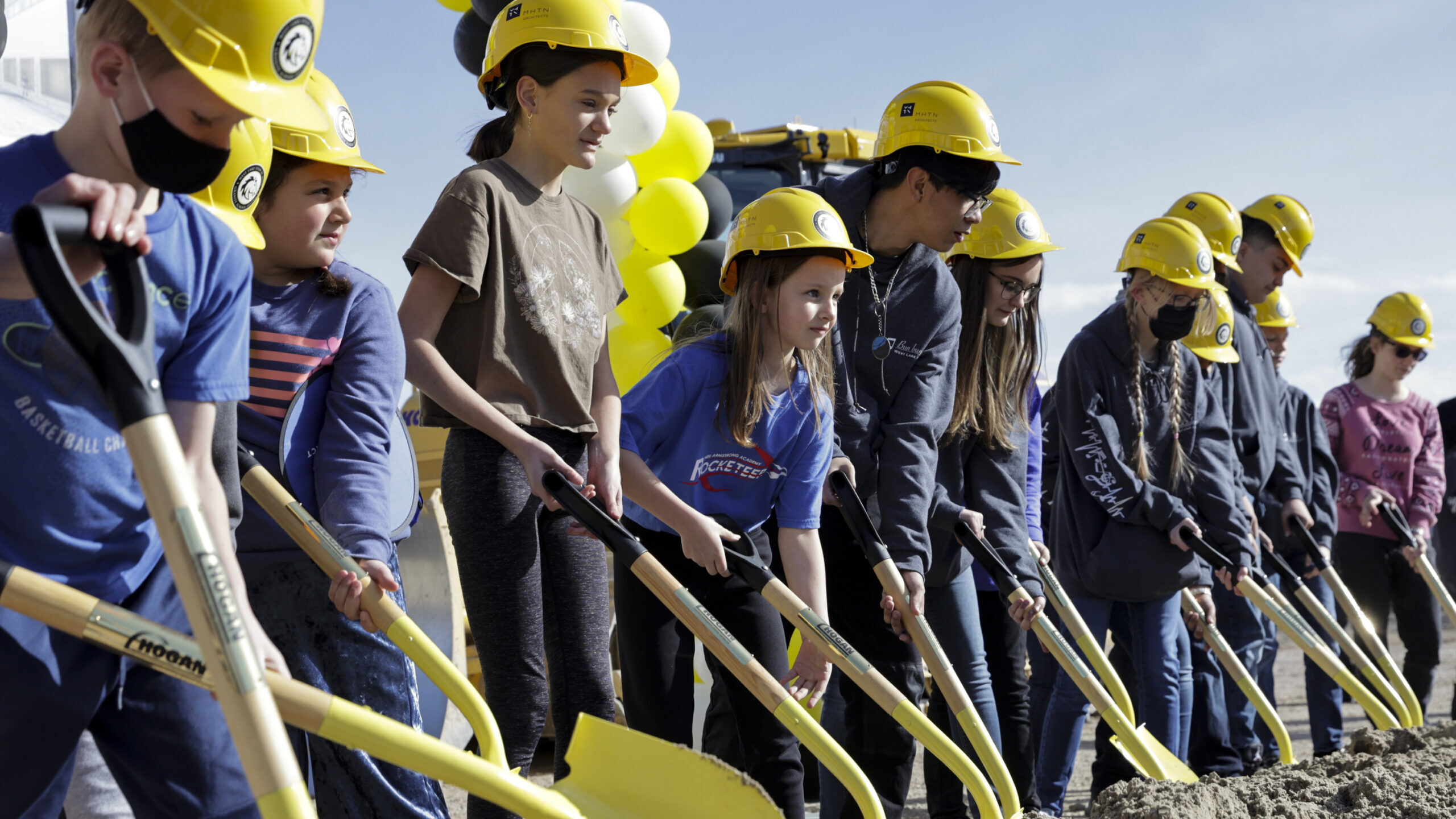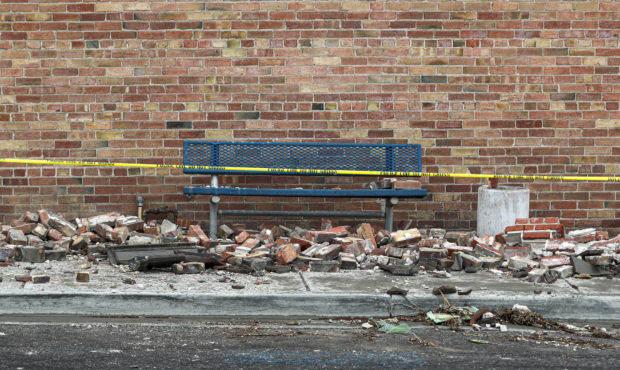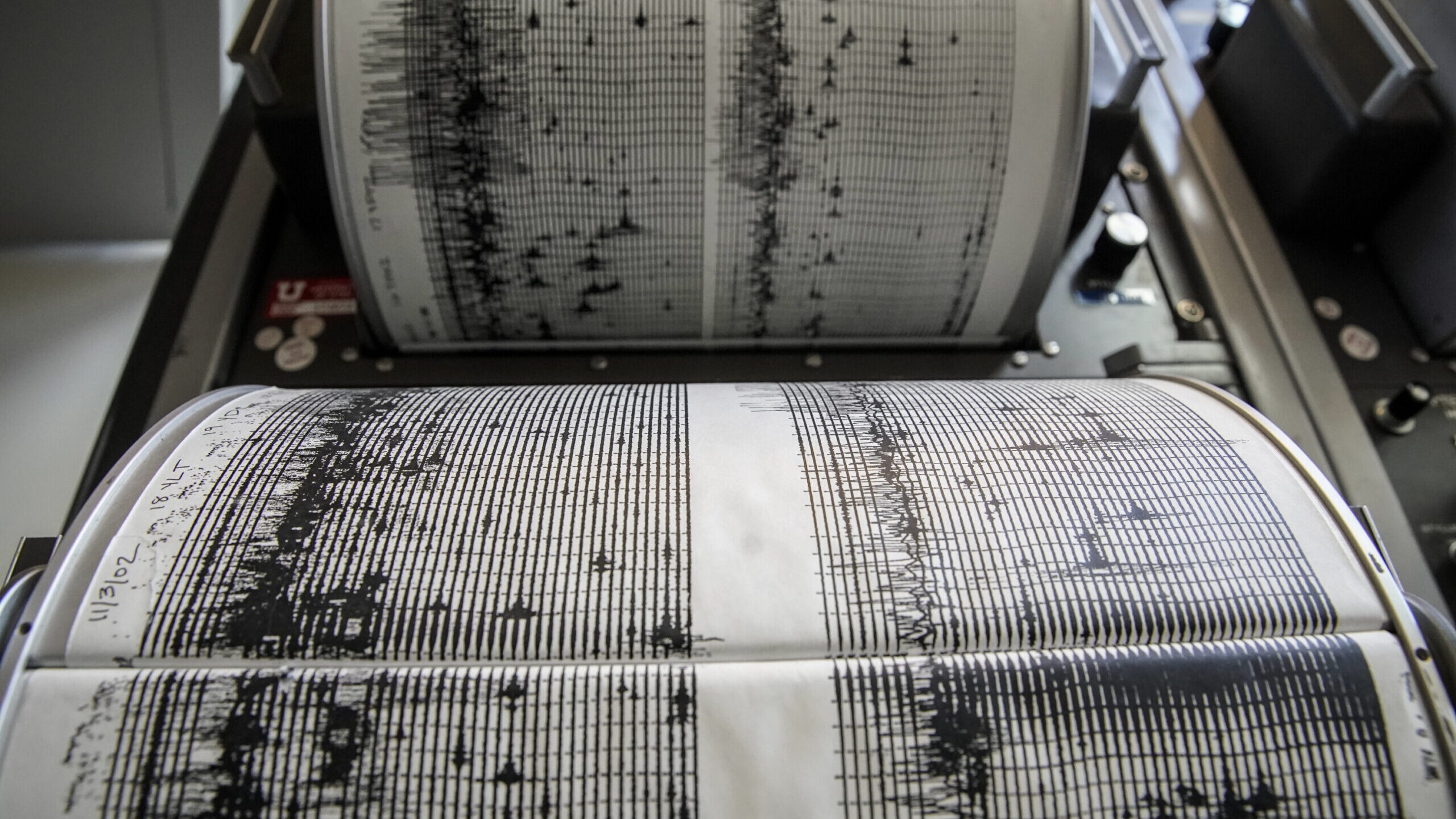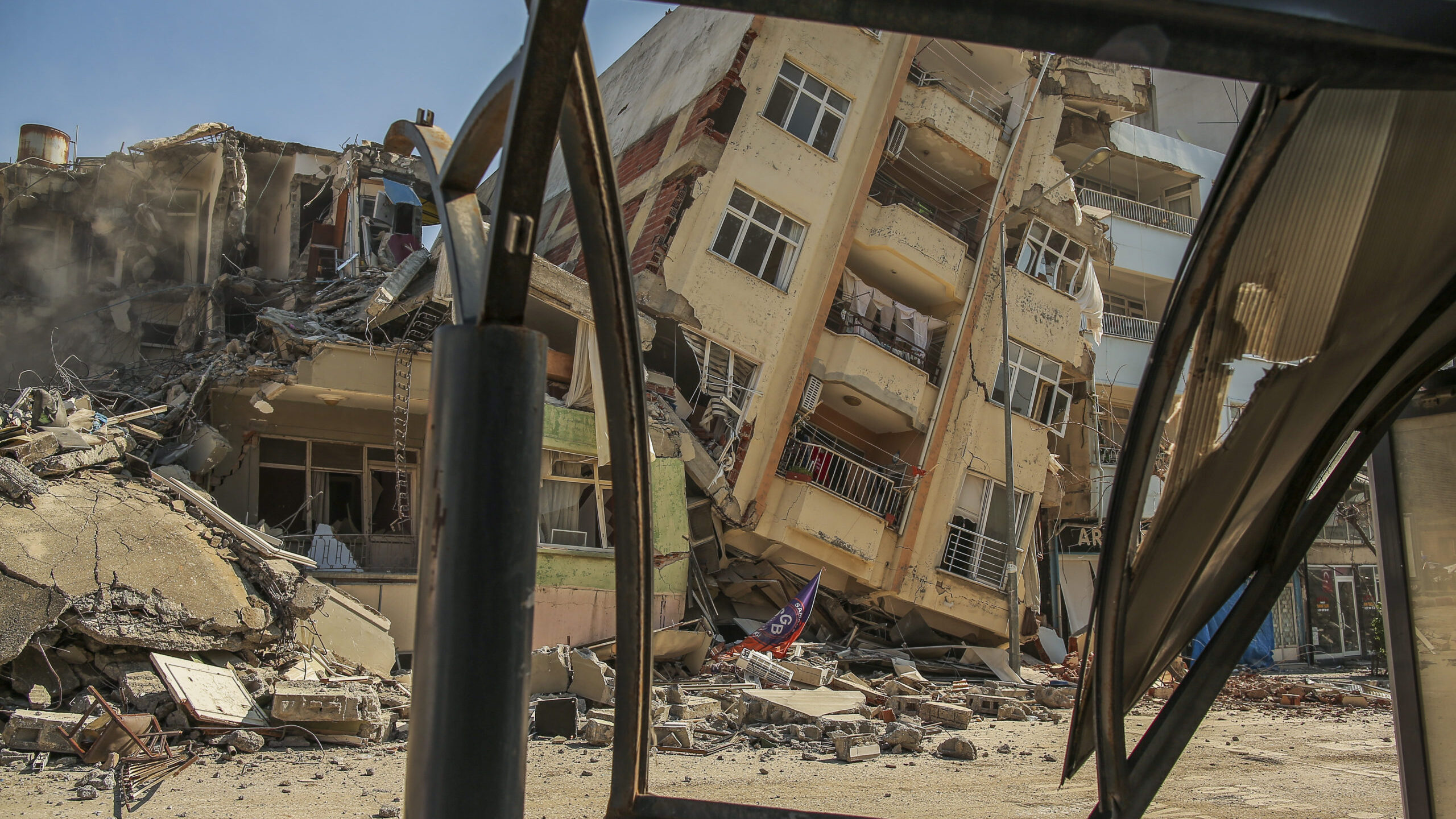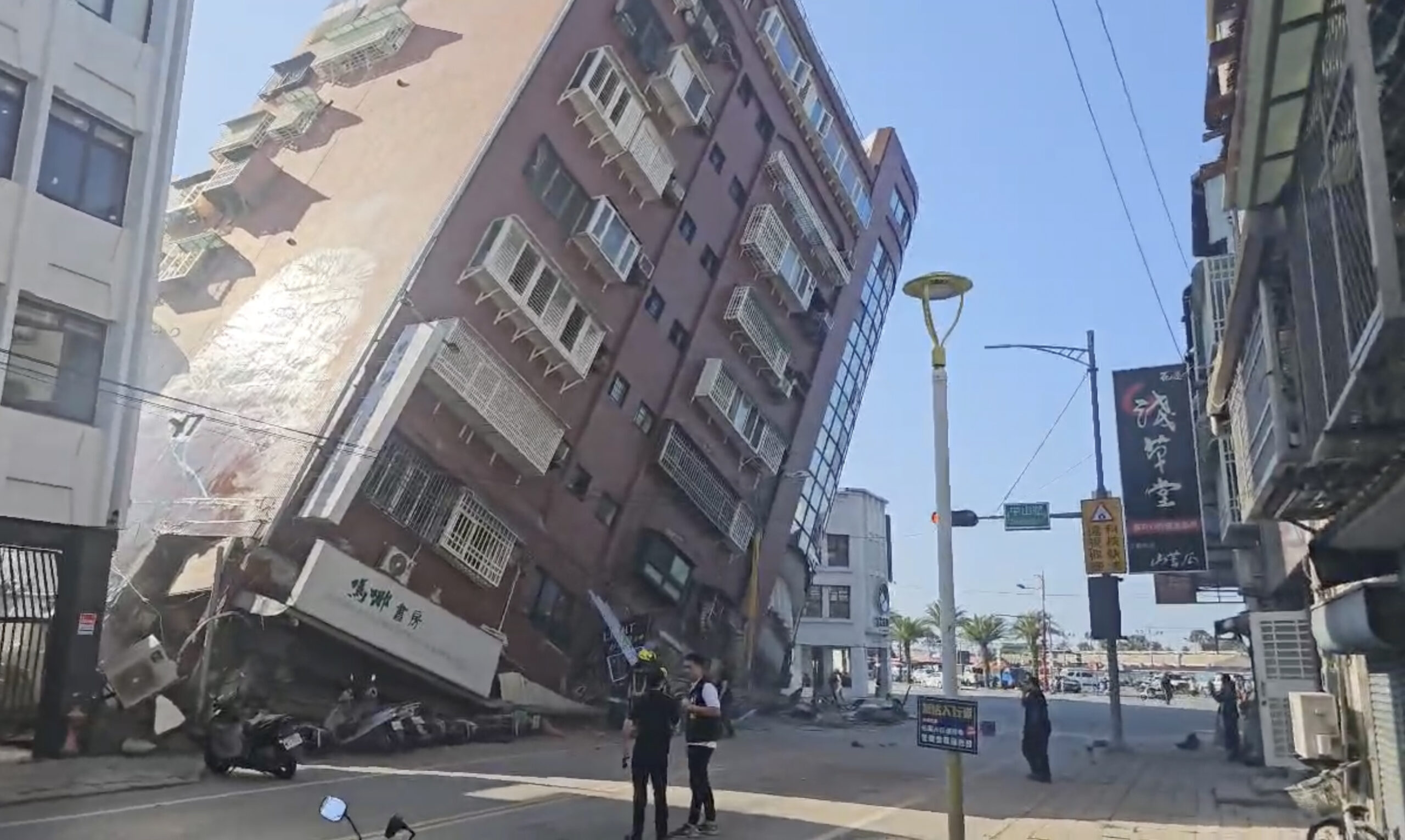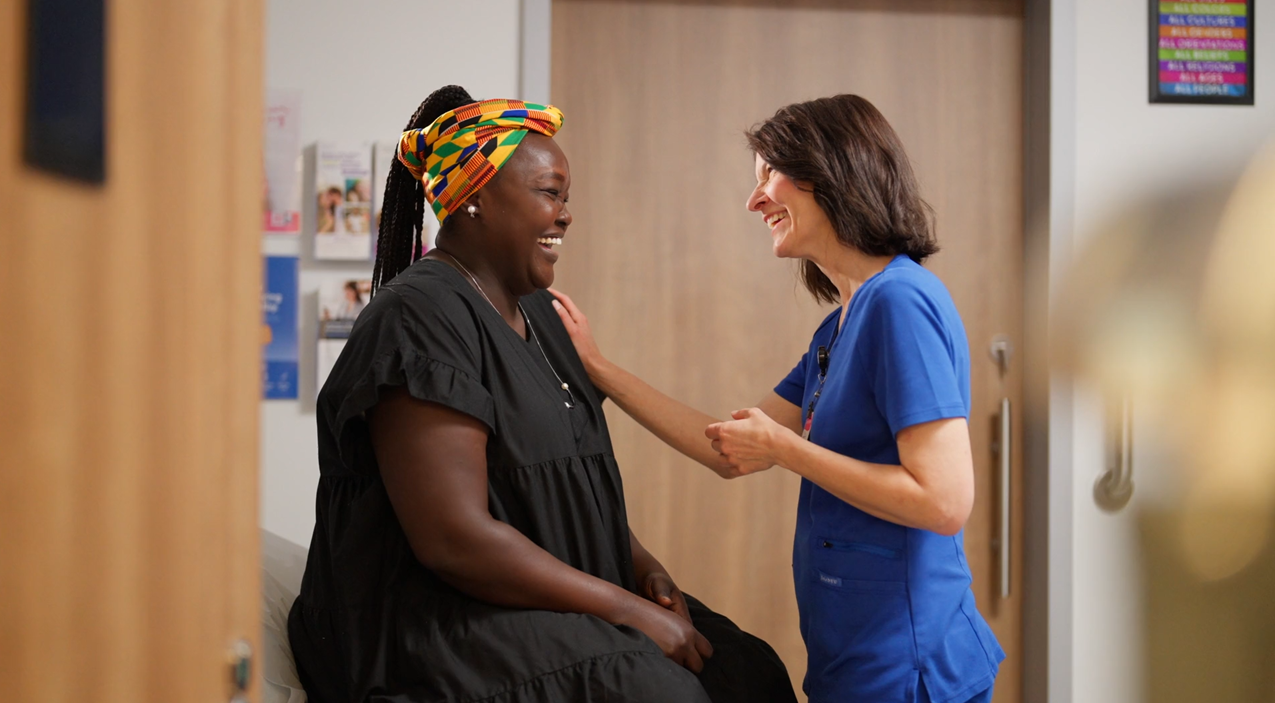How to prepare home and family for an earthquake
Mar 18, 2020, 10:59 AM | Updated: 4:18 pm
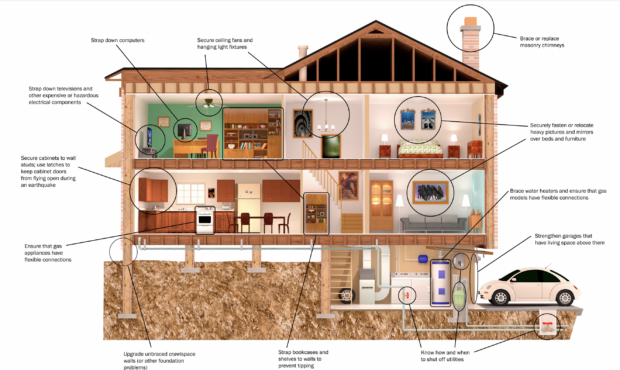
FEMA poster on securing a home in the event of an earthquake. Courtesy FEMA
SALT LAKE CITY — The 5.7 earthquake that struck Utah on Wednesday may have you feeling a bit uneasy, but there are a few things you can do to make your home and family members more ready for an earthquake.
Secure loose items
The Federal Emergency Management Administration (FEMA) recommends you strap down computer monitors, TVs or other expensive electrical components. Make sure all cabinets are secured to the wall studs.
Cabinet doors can be secured with latches so items don’t fall during shaking. Securely fasten or relocate mirrors or heavy items hanging on walls, especially those above beds or furniture.
Make sure your water heater is braced and if it is supplied by natural gas, make sure your model has a flexible connection. Secure ceiling fans and hanging light fixtures.
Securely strap bookcases and shelves to walls to prevent tipping. Above all, make sure you know how to turn off the utilities in your home. FEMA has a helpful guide here to ensure you’re ready for an earthquake.
Know what to do during an earthquake
- React safely
Safety experts say running outside is not the proper response to an earthquake. They advise you should drop, cover and hold on. Hold periodic family drills to practice what you have learned. Through practice, you can condition yourselves to react spontaneously and safely when the first jolt or shaking is felt.
- Practice taking cover
In each room in your home, know ahead of time the safest places in the room to “drop, cover, and hold on” during an earthquake. Practice going to these safe spots during family drills. If everyone knows how to react in each room and has practiced, chances are very good they’ll actually do it in the event of an earthquake. The Great American Shake Out has some excellent training videos.
- Survive on your own
Make sure you have an emergency supply kit, and be sure all family members know where it is located. The kit should consist of one or two portable containers (i.e. plastic tubs, backpacks, duffel bags) holding the supplies that your family would need to survive without outside assistance for at least 3 days following an earthquake or other disaster. You’ll also want to assemble smaller kits to keep in your car(s) and at your place(s) of work. - Stay in contact
Create list of addresses, telephone numbers, and evacuation sites for all family members. You’ll want to include all places frequented by family members (i.e. home, workplaces, schools). Add a copy of this list in your emergency supply kits and make copies for family members to carry. - Care for people, pets and property
The American Red Cross Get offers training in first aid and cardiopulmonary resuscitation (CPR). It’s a good idea to become certified. Plan ahead for your pets and find out where you could shelter your pet if you should have to evacuate your home. Ensure that family members know how and when to call 9-1-1 and how to use your home fire extinguisher. You could ask your home insurance provider about the availability of earthquake insurance.
The way your home was built
Older buildings may be at more risk during an earthquake depending on when and how they were designed. Common issues include structures not anchored to foundations or having weak crawl space walls, unbraced peir-and-post foundations and unreinforced masonry walls and foundations. If the chimney is not braced, get that corrected.
If you are a homeowner, you can search for these weaknesses and correct, if funds allow, with the help of a professional. If you rent, ask what has been done to strengthen the property against earthquakes.
You should also consider these items when deciding where to rent. If you’re building or buying a home, make sure the structure is up to seismic building codes.
Related stories:
County emergency management officials address earthquake, response
There’s an earthquake; what do you do now?
Salt Lake Temple suffers minor damage due to earthquake
Earthquake preparedness
Utah is “Earthquake Country,” meaning the state is susceptible to earthquakes, especially along the Wasatch Front. It’s important to prepare yourself and your family for an earthquake. Here are some basic tips on earthquake preparedness:
Before an Earthquake
- Move or secure objects that could fall and hurt you
- Identify your building’s potential weaknesses and begin to fix them
- Create a disaster-preparedness plan and have disaster supply kits ready
During an Earthquake
- Seek cover under sturdy furniture or doorways. As things move, hold on, and move with it.
- Move away from windows and objects that could fall
- Move against a wall in the interior of the building, cover and protect yourself


